Recreating famous artworks is not only a fun and rewarding way to engage with art history but also an excellent way to practice your skills and gain a deeper appreciation for the techniques and styles of great artists. Whether you’re just starting or looking to challenge yourself, here are ten iconic artworks that you can try to recreate at home. Each one offers unique lessons in colour, composition, and creativity.
1. Vincent van Gogh – Sunflowers (1888)
Van Gogh’s Sunflowers series is perfect for exploring bold colours and expressive brushwork. The warm yellows and swirling strokes make this artwork both approachable and visually striking.
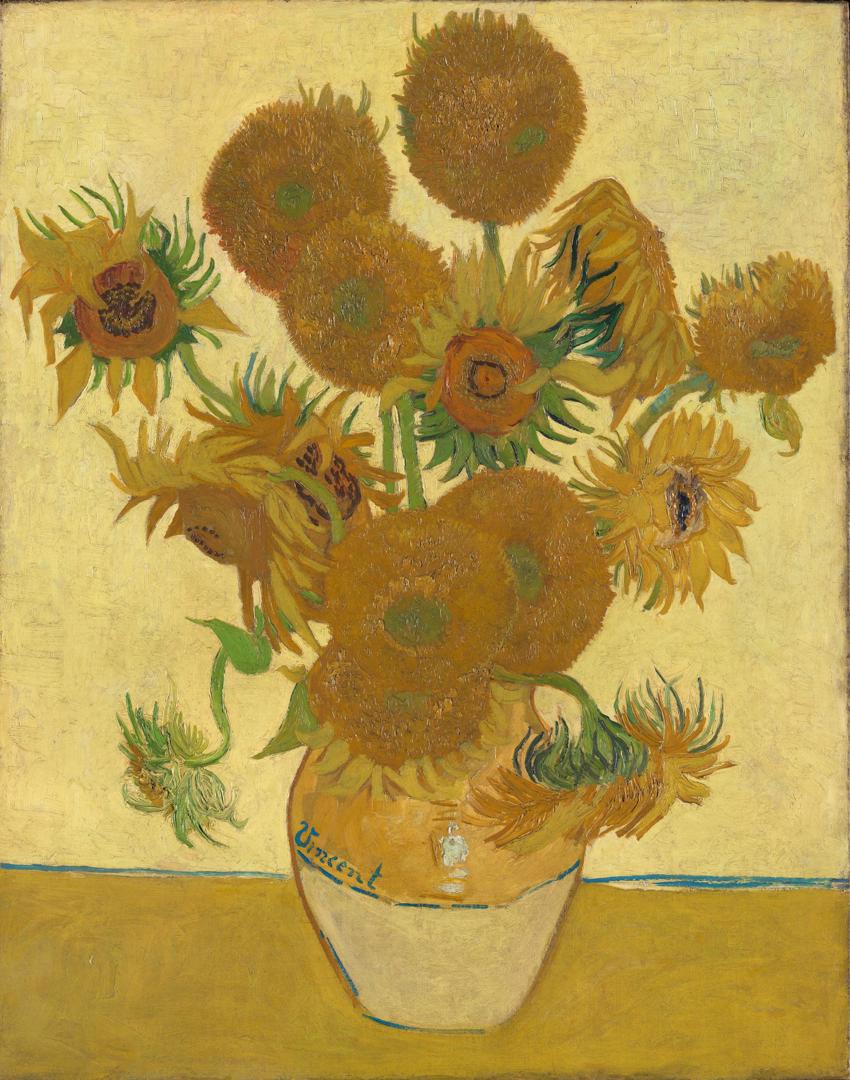
- Tip: Use thick layers of paint or experiment with palette knives to mimic Van Gogh’s texture.
2. Claude Monet – Water Lilies (1916)
Monet’s Water Lilies series invites you to focus on the subtle interplay of light and colour. This project is ideal for practicing soft, blended brushstrokes.
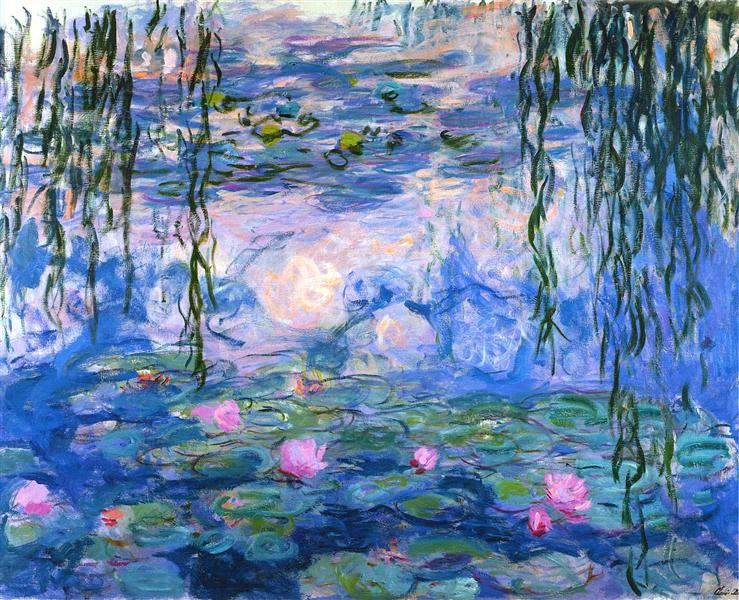
- Tip: Try layering translucent colours to create depth in your reflections.
3. Katsushika Hokusai – The Great Wave off Kanagawa (1831)
This iconic woodblock print from Japan is an excellent exercise in line work and composition. The strong waves and delicate details provide a fun balance of challenge and creativity.
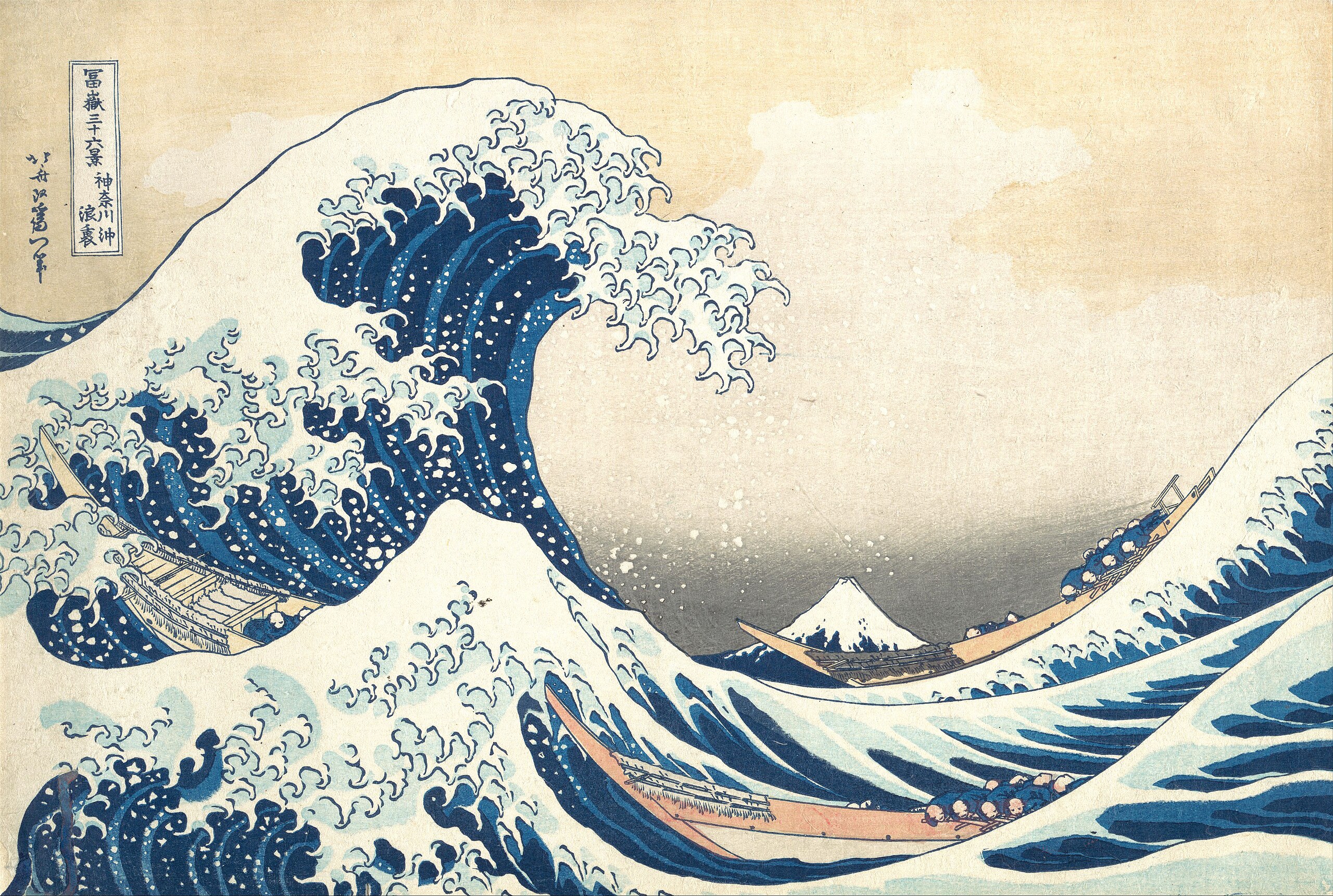
- Tip: Use pens or fine brushes to capture the intricate lines and patterns.
4. Georgia O’Keeffe – Red Canna (1924)
O’Keeffe’s close-up views of flowers are a great way to study shape and colour transitions. Her bold use of colour and abstraction makes her works ideal for experimentation.
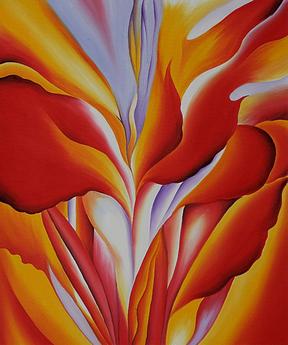
- Tip: Focus on blending colours to create smooth gradients and flowing forms.
5. Pablo Picasso – Girl with a Mandolin (1910)
Picasso’s Girl with a Mandolin is a Cubist masterpiece that encourages you to break down forms into geometric shapes. It’s a fantastic exercise in abstraction.
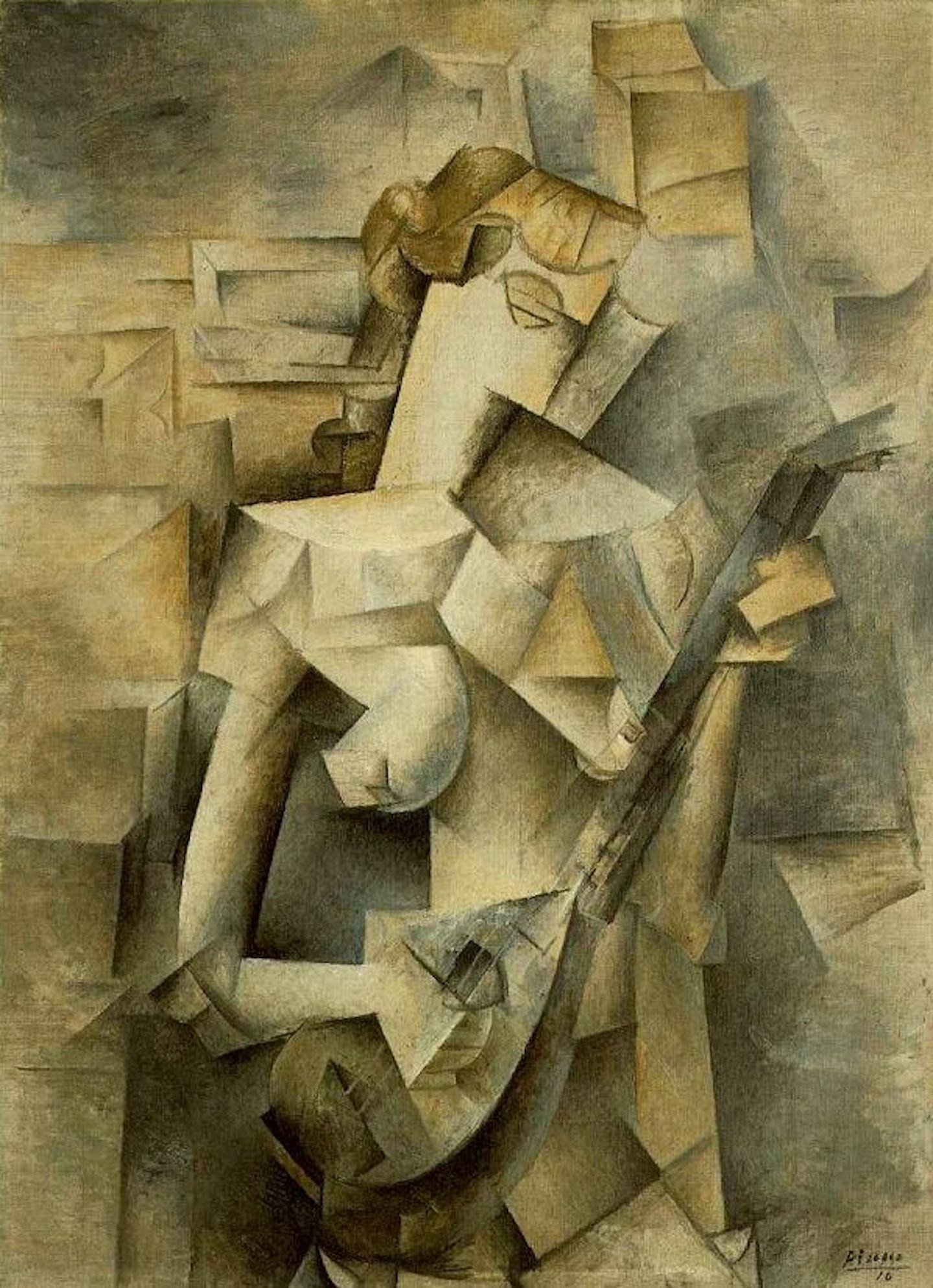
- Tip: Begin with a pencil sketch to outline the shapes before adding colour.
6. Henri Matisse – The Snail (1953)
Matisse’s bold and colourful collage is perfect for those who want to experiment with shapes and patterns. You can even use paper cutouts to recreate his style.
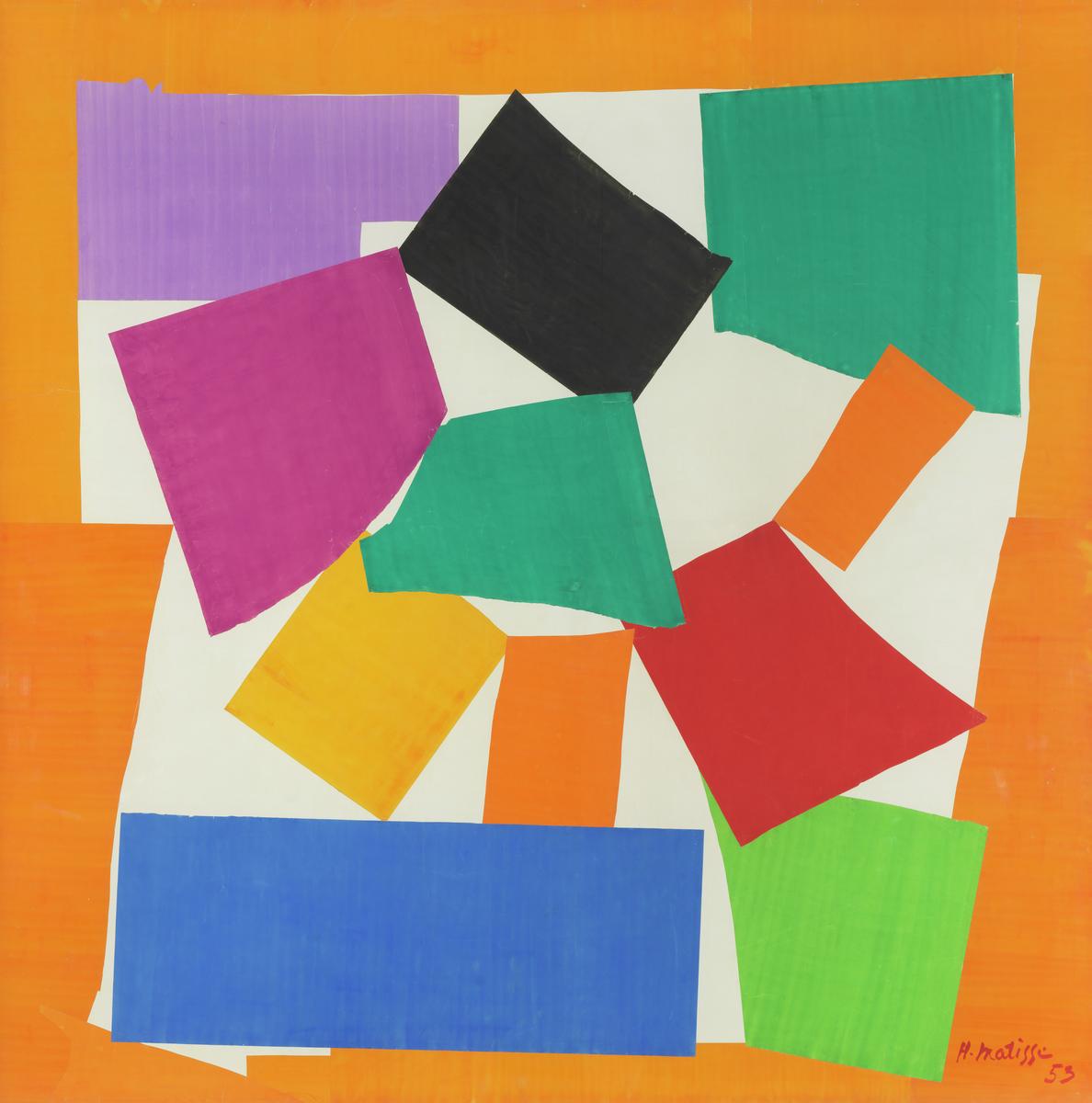
- Tip: Use coloured paper or paint your own and cut it into shapes to arrange your design.
7. Edvard Munch – The Scream (1893)
This emotional artwork is a fantastic project for practising expressive brushstrokes and dramatic colour contrasts. It’s also a fun way to explore mood in art.
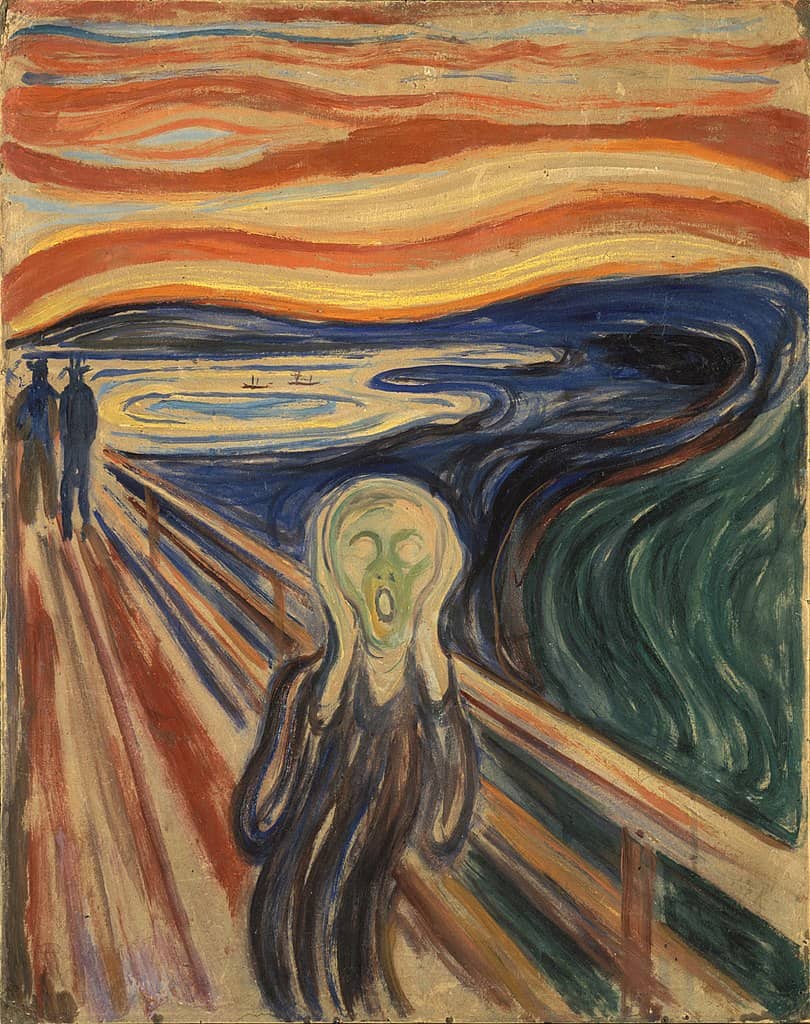
- Tip: Focus on bold, wavy lines to create a sense of movement and tension.
8. Johannes Vermeer – Girl with a Pearl Earring (1665)
Known as the “Mona Lisa of the North,” Vermeer’s portrait offers a challenge in capturing light, shadow, and the soft textures of fabric and skin.
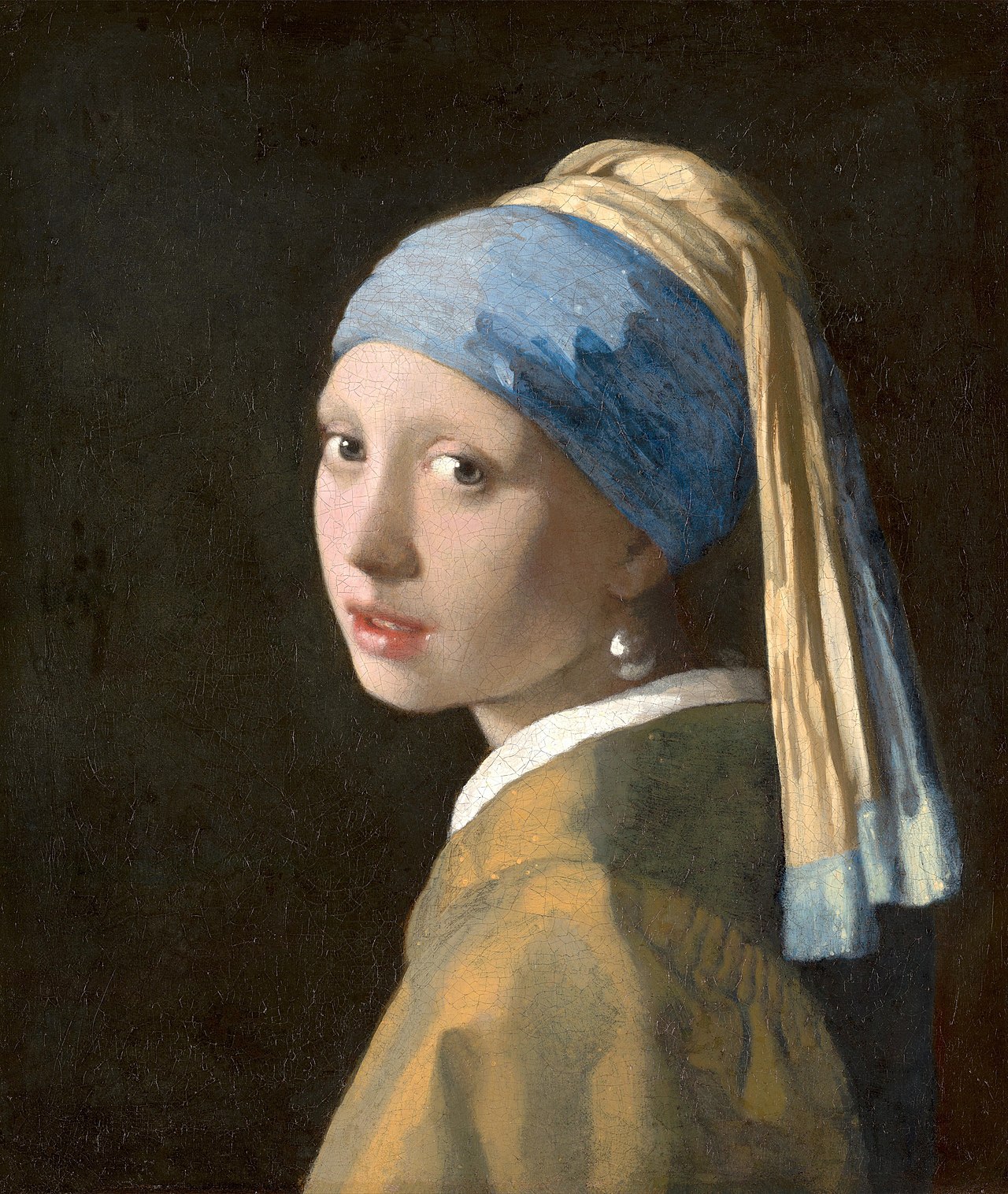
- Tip: Pay attention to the subtle highlights on the pearl and the model’s face.
9. René Magritte – The Treachery of Images (1929)
Magritte’s This is Not a Pipe is a clever piece that plays with the relationship between images and words. It’s perfect for exploring simple shapes and ideas.
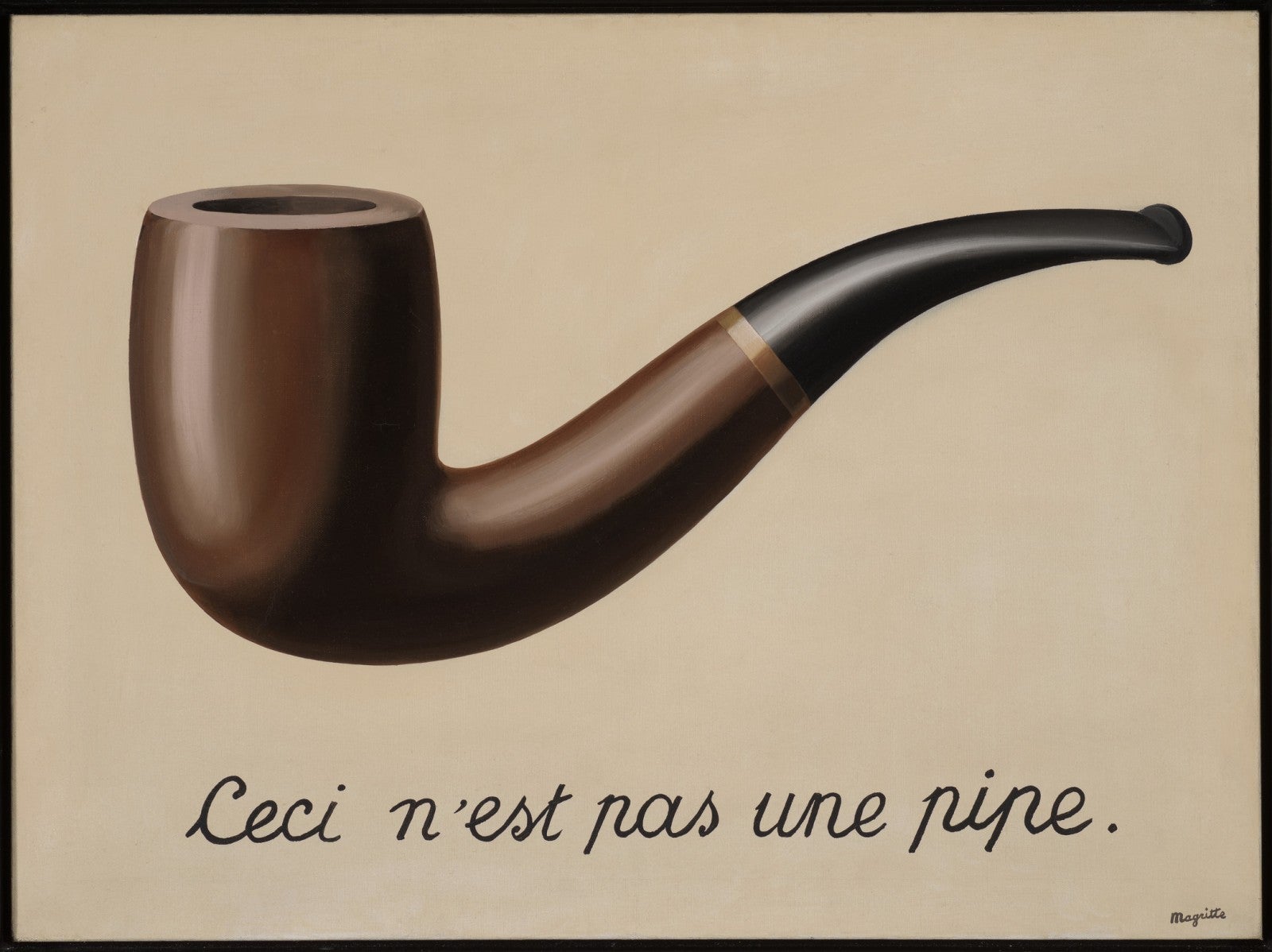
- Tip: Focus on clean lines and precise lettering to replicate the surreal simplicity.
10. Gustav Klimt – The Tree of Life (1909)
Klimt’s golden The Tree of Life is ideal for practising intricate patterns and decorative elements. The swirling branches and shimmering details are fun and challenging to recreate.
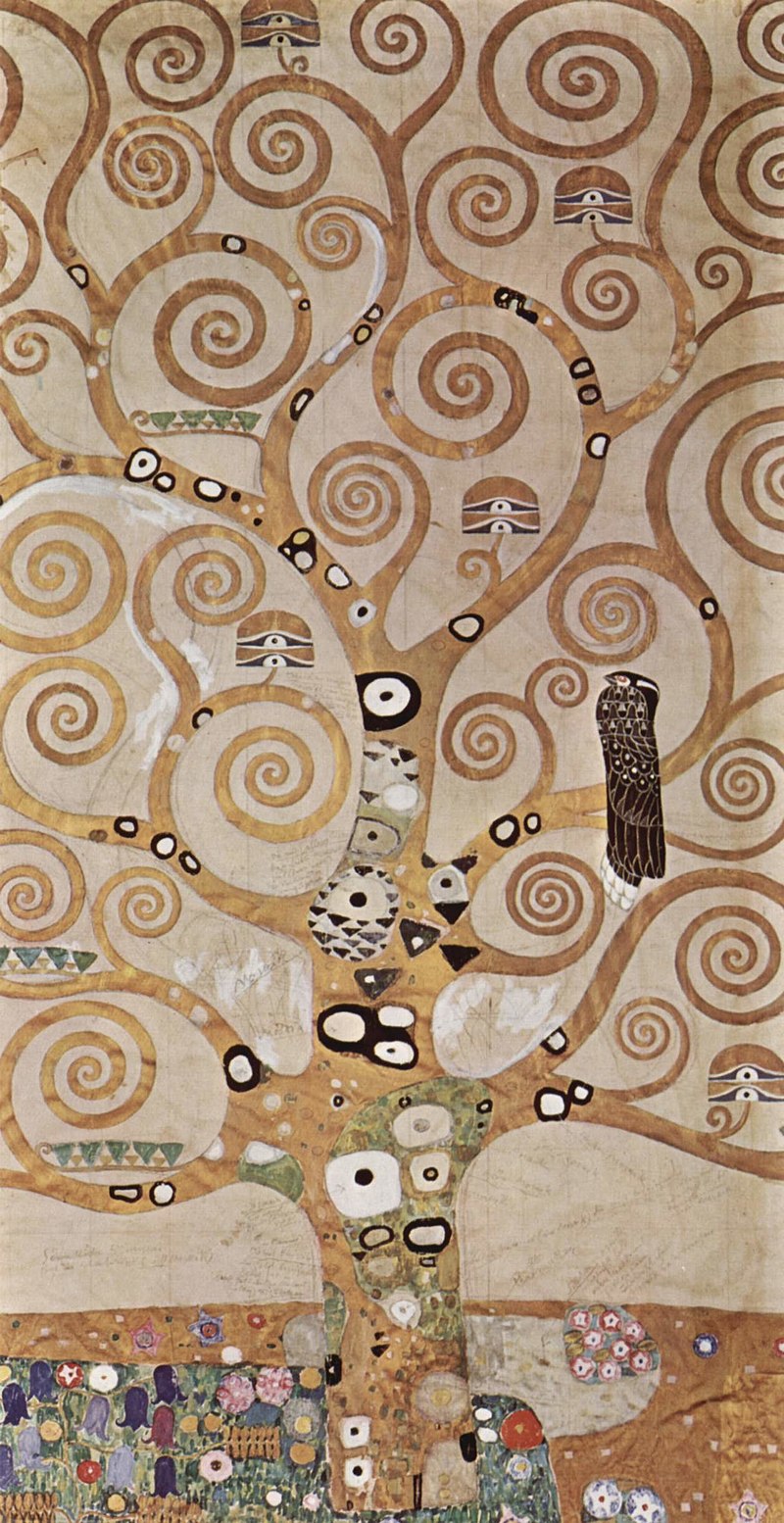
- Tip: Use metallic paints or gold leaf to replicate Klimt’s signature style.
Why Recreate Famous Artworks?
- Learn Techniques: Studying the methods of great artists helps you develop your own skills.
- Understand Composition: Recreating an artwork teaches you how to balance elements like colour, shape, and proportion.
- Spark Creativity: These projects are a great starting point for developing your unique style.
Further Reading
- The National Gallery – Beginner’s Guide to Painting
- The Met – Art for Beginners
- Khan Academy – Explore Art Techniques
- MoMA – Learn to Make Art
Whether you’re experimenting with Van Gogh’s energetic strokes or Klimt’s decorative swirls, recreating these famous works is a wonderful way to connect with art history and grow as an artist. Grab your supplies, pick a favourite, and let your creativity flow!
If you would like to receive a roundup of all of our blog posts once a week to keep you inspired in your inbox, why not sign up to our newsletter. You can access our sign up at the top of our page. If you are a London Art College student and you would like your artwork featured here, drop us a line at any time.

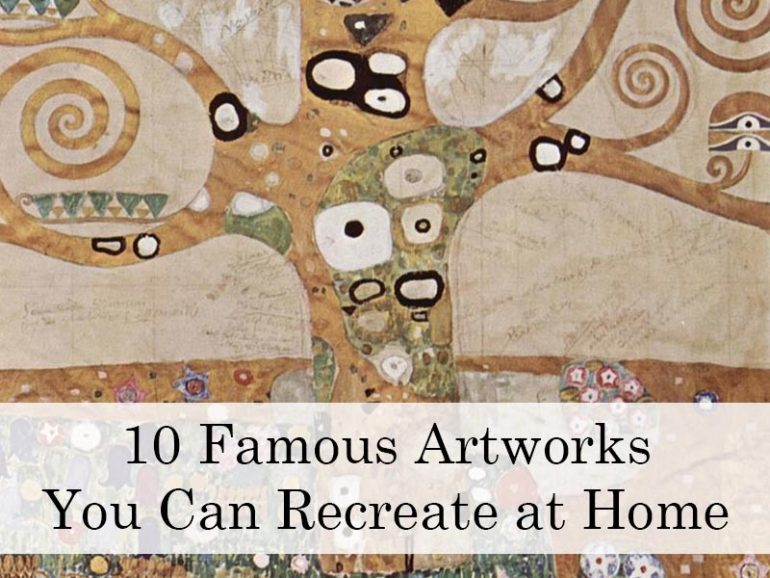
2 thoughts on “10 Famous Artworks You Can Recreate at Home”